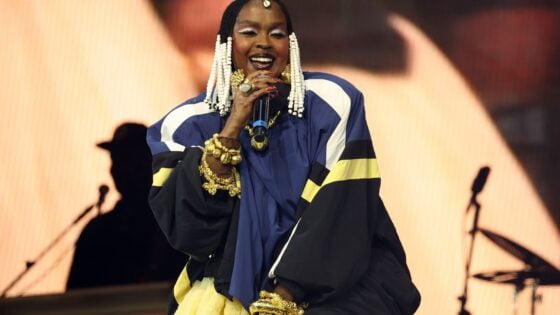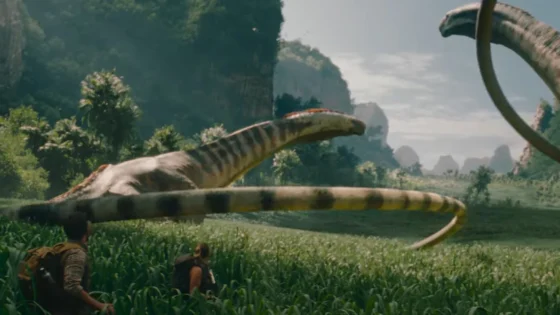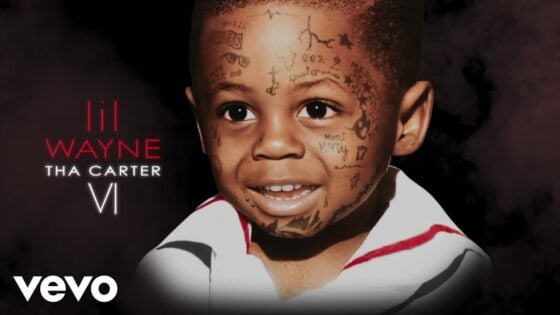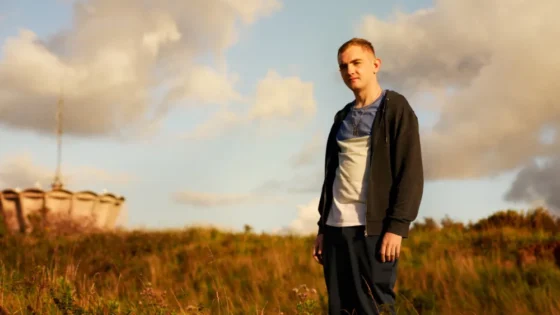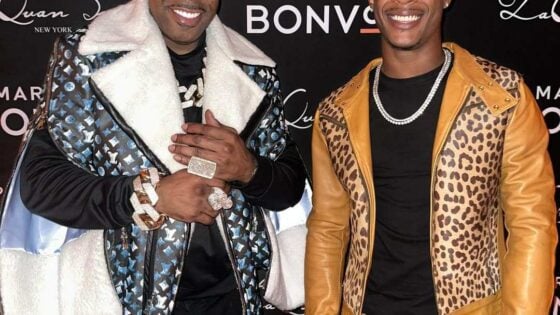The 1933 classic holds a special place in genre history
It’s been ninety years since the world’s most famous great ape first flickered on the big screen. Along with Mickey Mouse and Bugs Bunny, King Kong remains one of the world’s most famous animated characters and his movie endures as one of the great screen entertainments. The 1933 film, even after two remakes and their subsequent follow-ups as well as innumerable parodies, rip-offs and pastiches, still stands as one of the great adventure films, monster movies and science fiction films…
Hold it, some of you are saying. Science fiction? Yes, most certainly, even if one doesn’t immediately recognize it as such. I know some readers are already protesting in their head: “It’s fantasy, not science fiction! There’s no scientific justification for anything in the plot! Hasn’t this guy ever heard of the inverse square law?” But bear with me, the film traces a long line of descent from the earliest science fiction stories of the 19th century to the sort of pulp adventures being published at the time of its release, in the likes of Amazing Stories and Argosy. Taking a look back at its literary lines of descent would be quite appropriate for a movie whose fantastic premise is firmly rooted in then-current knowledge of paleontology and evolution.

Let’s first turn the clock all the way back to 1864, when Jules Verne’s novel Journey to the Center of the Earth was first published. The third of his voyages extraordinaires and the first that could be called science fiction, it came out just five years after the publication of probably the single most important book of the modern era, Charles Darwin’s On the Origin of Species. Darwin’s book didn’t just explain and provide evidence for the process of evolution through natural selection but also put forth an explanatory framework uniting biology with geology. It also introduced the concept of the living fossil, which according to Darwin were not anomalies but evidence of the random mechanisms of natural selection: some lineages would thrive, others would go extinct, some species would go through dramatic change over millions of years, but others would remain in relative stasis. Verne’s novel extrapolated this to an extreme, imagining that long-extinct animals would be living at various levels in deep underground caverns, and that the deeper one went, the older species one encountered, corresponding to their place in the fossil record.

Nearly fifty years later, Sir Arthur Conan Doyle wrote The Lost World (1912), and it’s appropriate that it gave its name to the entire subgenre because it’s genuinely the best of them, still grand entertainment more than a century later. Doyle was, to be charitable, known for his gullibility, and his novel emerged from the extravagant claims of his friend Percy Fawcett during the latter’s exploration of South American plateaus. Nonetheless, there is some scientific justification to the story: such real-life plateaus are isolated enough from the mainland to develop endemic flora and fauna of their own. Combining (hybridizing?) this with Darwin’s observation that living fossils tended to live in isolated regions (Darwin specifically cited both the platypus and lungfish of Australia) led Doyle to conceive of a plateau where dinosaurs and other Mesozoic beasts still roamed. The novel was later adapted into a 1925 movie with stop-motion animation by Kong co-creator Willis O’Brien. In yet another case of artistic hybridization, O’Brien’s dinosaurs were themselves inspired by the paintings of Charles Knight, as the dinosaurs of King Kong would be as well.

Not long afterwards, Edgar Rice Burroughs began writing lost world stories of his own, set in the underground realm of Pellucidar (beginning with 1914’s At the Earth’s Core) and the island-continent of Caprona (starting off with 1918’s The Land that Time Forgot). Although the first series obviously borrowed from Verne and the second from Doyle, Burroughs for the most part borrowed from himself; the stories are not much different from his spacefaring Barsoom tales. The entire emerging “space opera” subgenre in fact owed much to established “lost world” stories, as anyone who has read E.E. Smith’s first Skylark stories can attest. Many of them did little more than transplant lost world conventions to another planet, perhaps reasoning that as there was less of the Earth left to newly discover, it was better to turn their attentions to new worlds elsewhere. The very plot of King Kong itself could be transplanted to such a more-recognizable science fiction setting with very little changed; instead of Skull Island, Denham goes off to some other planet, and rockets home with a giant alien in tow to show off to the world, only to have it all literally come crashing down when the being escapes and wrecks havoc. In fact, that’s not far off from the premise of 1957’s 20 Million Miles to Earth, with story and animation by O’Brien protégé Ray Harryhausen.
So, King Kong really came out of a long and venerable tradition in science fiction, one stretching all the way back to genre’s humble beginnings. And like most good science fiction aware of its roots, it did not merely rehash what had gone before but found novel ways to build upon it. Contrary to what some have said, the discovery of the remains of giant extinct ape Gigantopithecus played no role in the conception of Kong; how could they, when the discovery wasn’t announced to the public until 1935, a good two years after the movie was released? Instead, producer and co-director Merian C. Cooper, fascinated by gorillas his entire life, not only drew upon the renewed public interest in the animals resulting from their first scientific studies in the wild in the 1920s as well as by the confirmation of the existence of the Komodo dragon in the same decade. Although island gigantism would not receive a proper scientific explanation for another three decades, the fact that lizards had evolved to enormous sizes to become the apex predators of a few small islands in Indonesia immediately set his imagination running.

Even if it’s not immediately recognizable as science fiction, the film has had a massive impact on the genre. Its successful re-release in 1952 helped spur the production of The Beast from 20,000 Fathoms, which in turn led to the giant-monster boom of the Fifties, but King Kong had helped inspire the story for the film many years before. An eleven-year old Ray Bradbury was one of those captivated by the movie upon seeing it during its original release, starting a lifelong obsession with dinosaurs and leading him to the library in search of books by Verne, Doyle and especially Burroughs. His short story “The Fog Horn,” from which Beast was adapted, strongly shows the Kong influence in its portrayal of a lovelorn sauropod that mistakes the titular sound for the call of its mate. Thanks to ubiquitous television screenings, Kong would continue to inspire a new generation of young people to take up film making as a profession. Probably no one film would inspire more future film makers until Star Wars was released, and even that movie was made by people inspired by King Kong and itself borrowed much from it. To use the evolution analogy again, Kong can rightfully be considered the common ancestor of all modern FX-laden blockbusters.
One of those young people inspired by the film was of course Peter Jackson, whose obsessive love for the film lead to him finally remaking it in 2005. As flawed as that film was, it was still far more enjoyable than the lamentable 1976 version (although you do get Jeff Bridges playing an earlier, trimmer version of The Dude, which is enough to make it a watchable novelty item for some). I have often wondered if the film had special resonance for Jackson while growing up in New Zealand, a resonance that those of us in North America couldn’t have possibly felt. He lived in one of the most beautiful countries in the world, with wildlife found nowhere else on Earth: the tuatara, the most famous of living fossils; wetas, giant insects that took on the niches of small mammals; the extinct moa and Haast’s eagle, among the largest birds to have ever lived. While watching the film, did he realize that the movie was in a way speaking about his homeland, extrapolating from the circumstances that resulted in its unique fauna? Kong might not have been able to speak, but he managed to touch the hearts of moviegoers worldwide, and his film itself will continue to speak to many for years to come.



